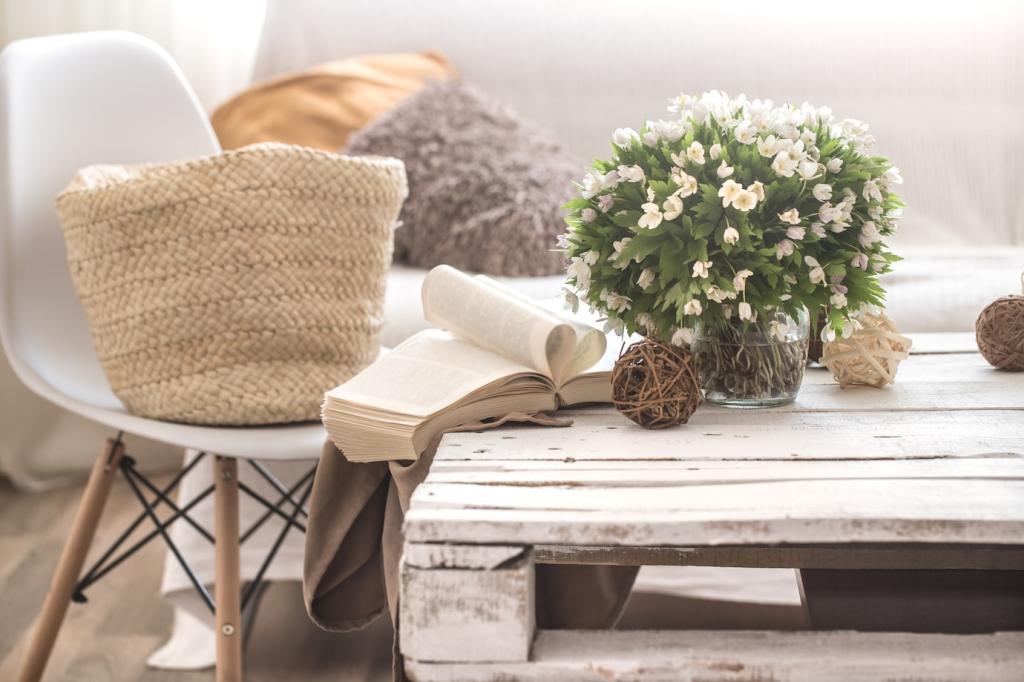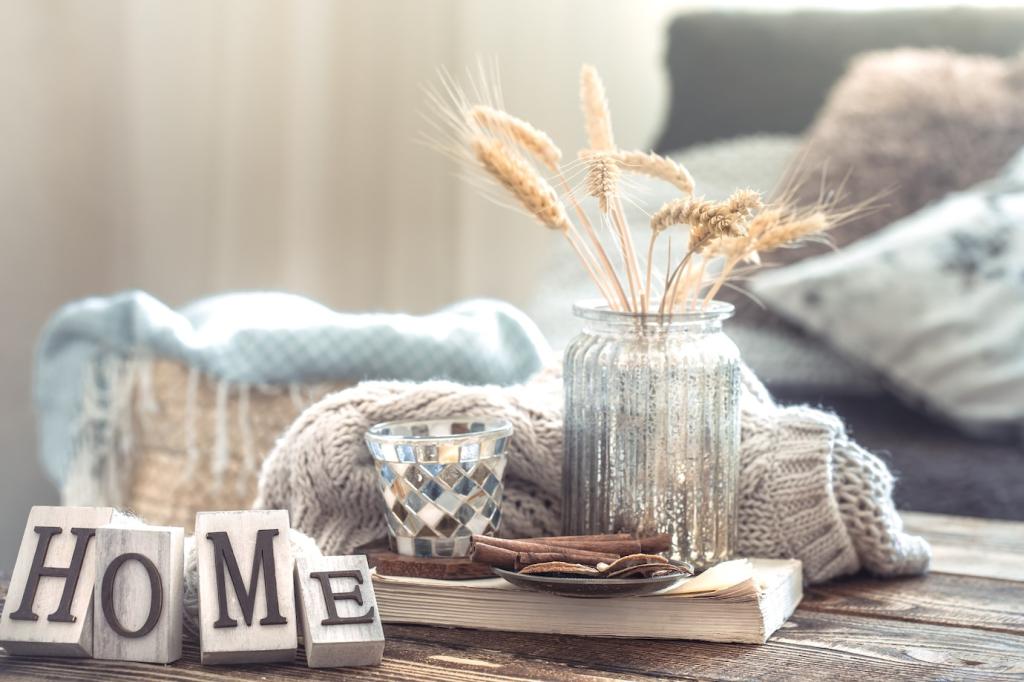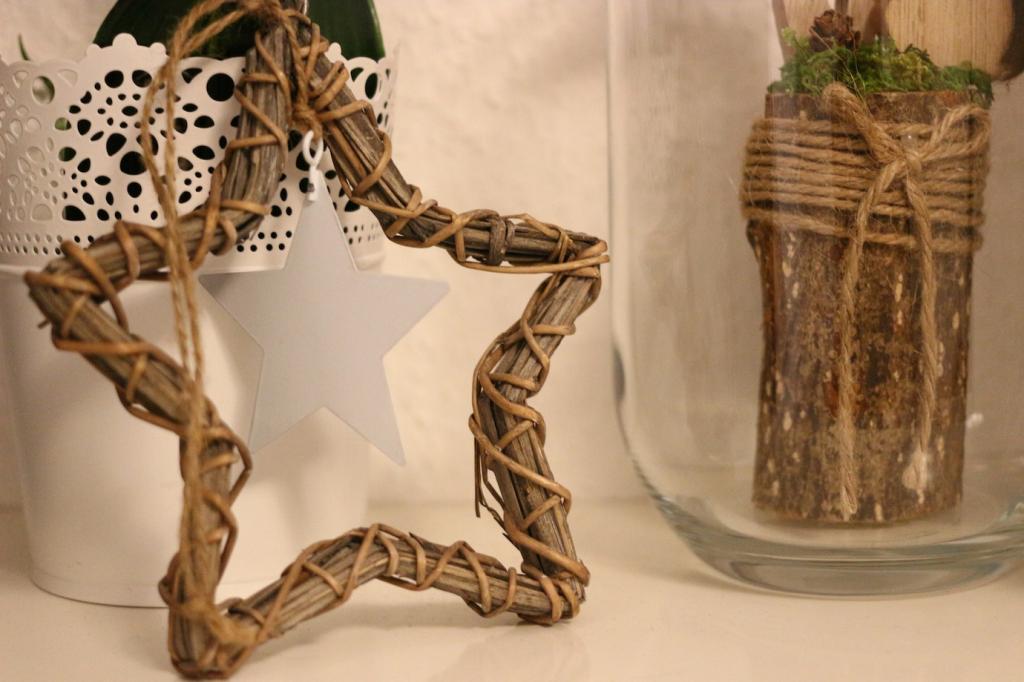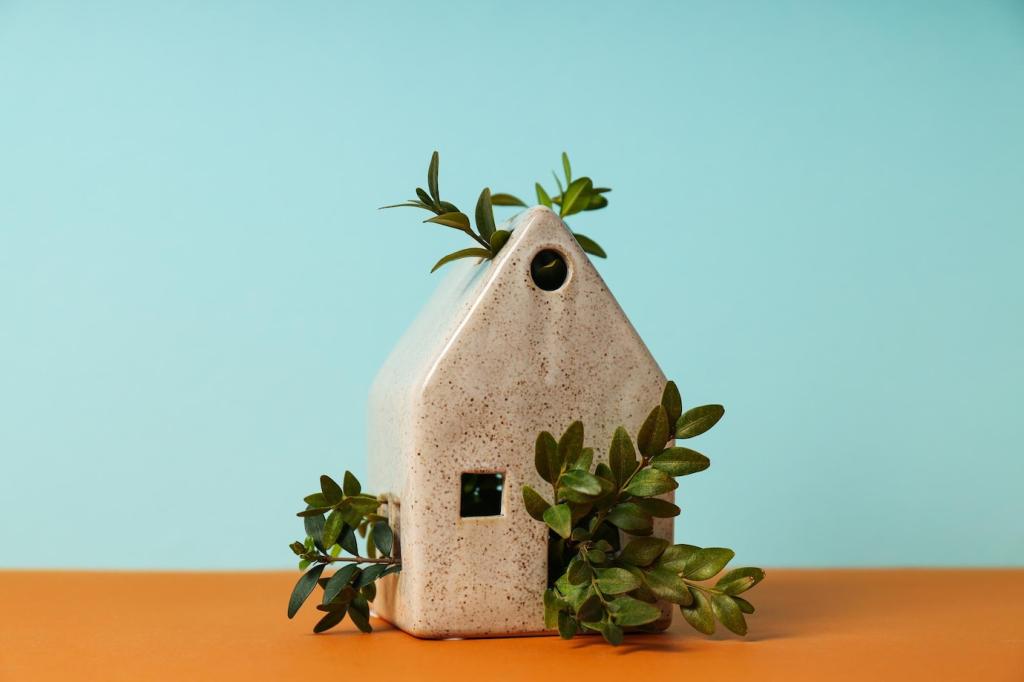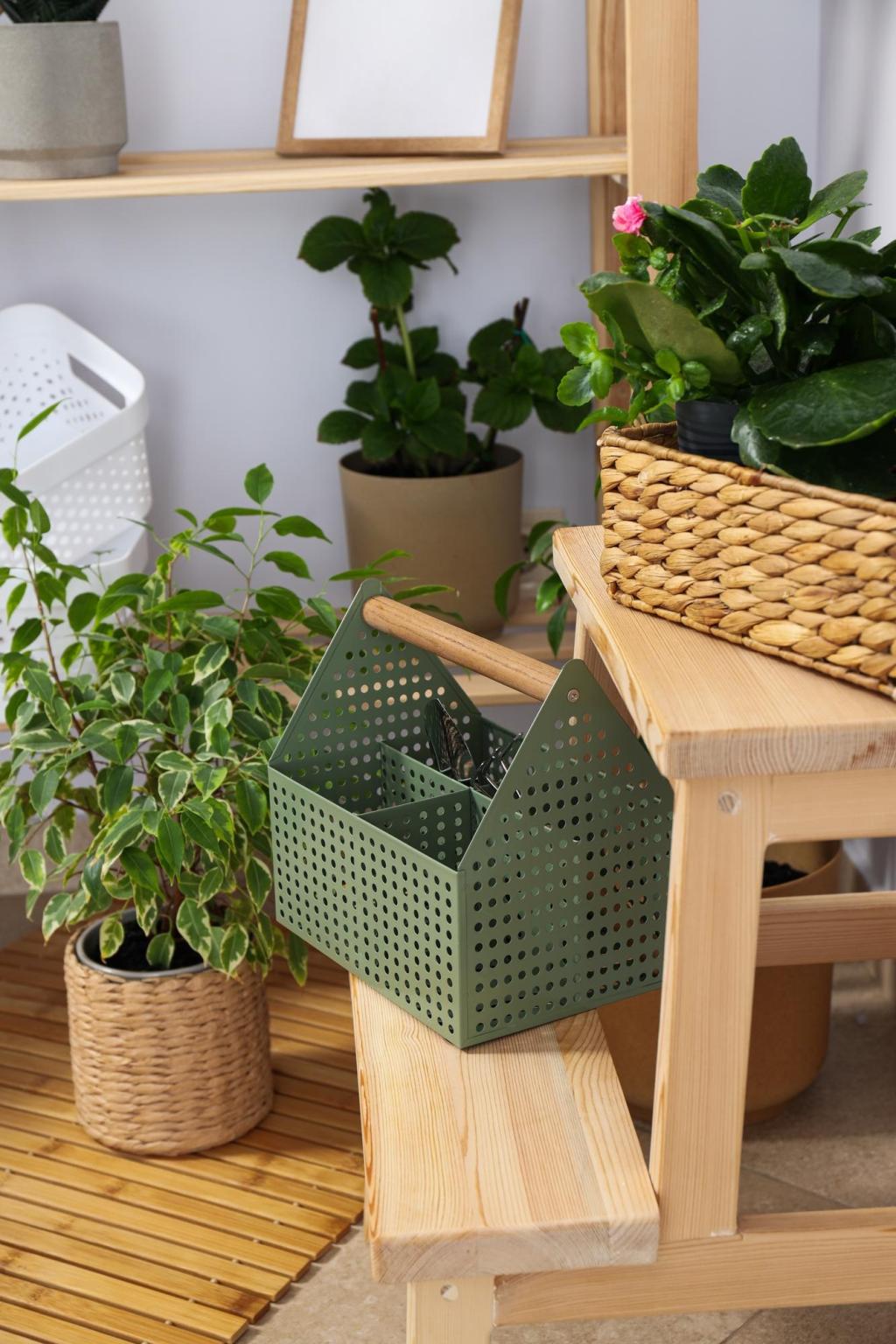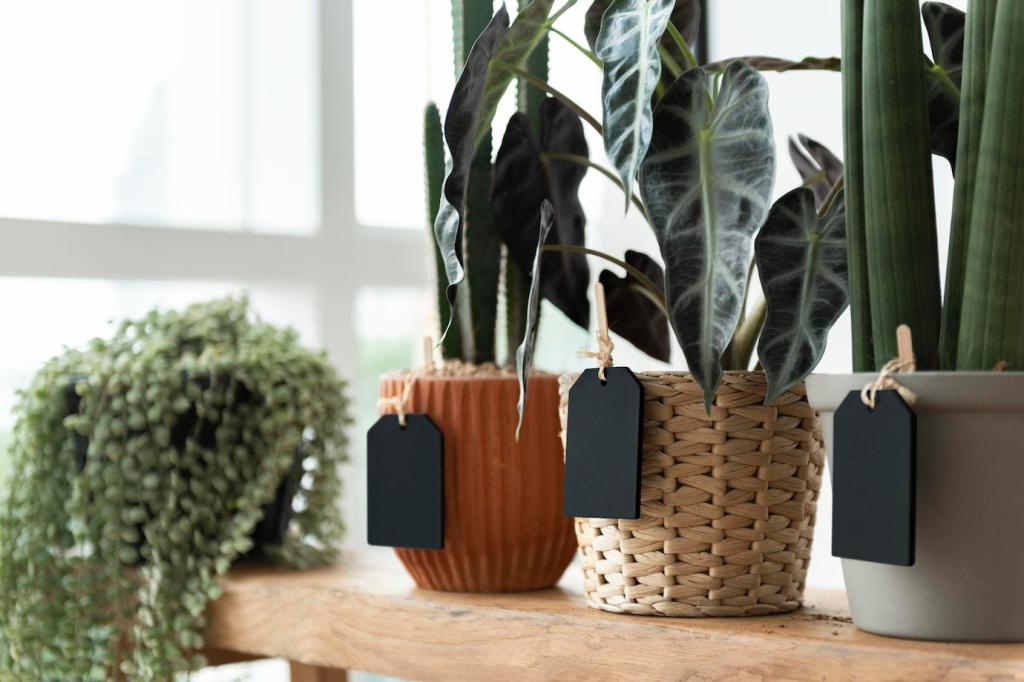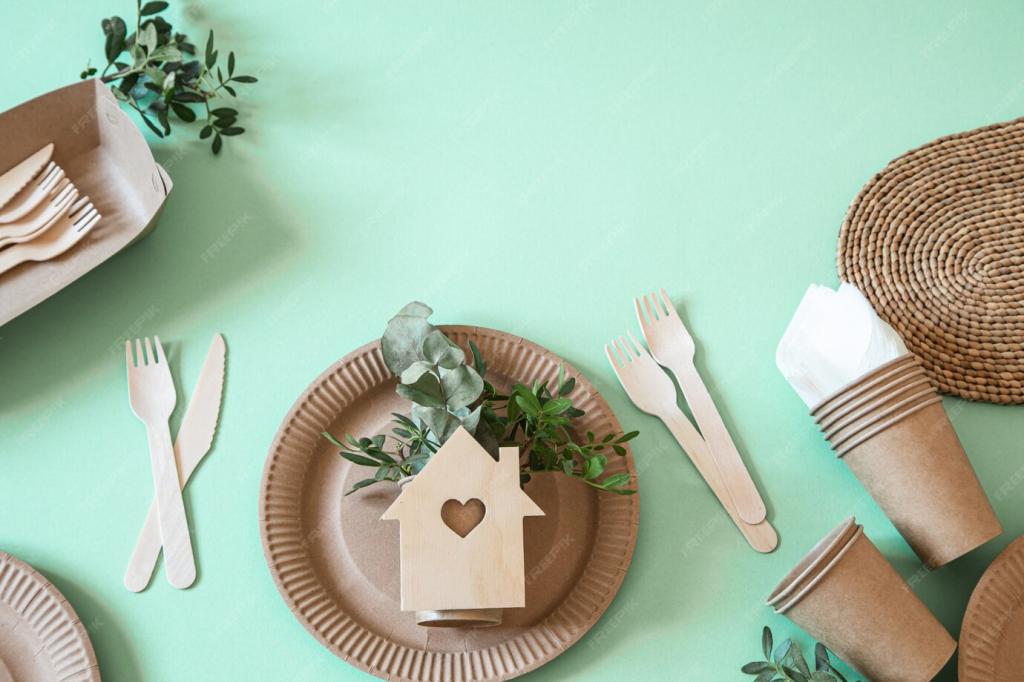Stories from the Field: Cork in Real Life
A small studio in Lisbon gathered factory offcuts, laminating them into sculptural stools that became a neighborhood favorite. They shared open-source templates, sparking a community of makers trading tips and photos of wildly patterned seats.
Stories from the Field: Cork in Real Life
A school replaced echoing corridors with cork wall tiles and a cork-backed notice system. Teachers noticed calmer voices within weeks, and students instinctively leaned against the warm walls to read—soft surfaces turned hallway noise into friendly hush.

